Digital design and manufacturing services have taken the jewellery industry by storm over the past decade.
Computer Assisted Design (CAD) involves using specialised software to design intricate products in a digital format. This allows jewellers to create detailed 3D models, experiment with new designs, and make precise adjustments before progressing to production.
CAD software enables customers to see a realistic representation of the jewellery before it’s created, increasing opportunities for customisation and enhancing the approval process.
Computer Aided Manufacturing (CAM) is automated machinery that manufactures jewellery based on CAD designs.
Examples include 3D printing of wax models for casting, CNC milling for precision cutting, and laser engraving for additional detail.
CAM technology is highly accurate and repeatable, improving efficiency in production by minimising manual labour and material waste.
These technologies streamline the creation and production of jewellery, and the industry’s awareness of the capabilities and advantages these tools afford has slowly but surely risen.
The abrupt surge in the ‘mainstream’ popularity of 3D printing undoubtedly accelerated interest.
It's been said that CAD/CAM technology has ‘revolutionised’ the industry by enhancing design precision, improving production times, and enabling greater creativity and customisation in jewellery creation.
Advantages & Disadvantages
From various perspectives, CAD/CAM is a topic Jeweller has covered extensively in the past.
One of the most significant changes in the industry regarding CAD/CAM services was the reduction of the costs required to use these manufacturing technologies. Once thought of as a strategy restricted to the largest companies, emerging cost-effective technology opened the doors wide.
Suppliers in that report noted the impressive acceptance and adoption rate of these tools among jewellers, detailing how they allowed new jewellers to enter the industry.
Another report addressed the matter from the retailer’s perspective, asking them to detail how CAD/CAM has changed their businesses over the past decade. The responses were surprisingly wide-reaching!
CAD software allows jewellers to create and modify intricate designs easily. Retail jewellers can adjust designs to meet customer preferences, visualise real-time changes, and explore a broader range of creative options.
Customers can collaborate with jewellers to create bespoke jewellery, including examining digital prototypes before production. This improves the overall customer experience.
In other words, digital designs provide explicit visual representations of the final product, ensuring everyone is ‘on the same page’ regarding expectations.
Integrating CAD/CAM into the design and manufacturing workflow can reduce the need for multiple revisions and manual adjustments, streamlining the process from concept to product.
As mentioned, CAM machinery ensures high precision in manufacturing, reducing errors and inconsistencies.
This accuracy can produce better-fitting, higher-quality jewellery.
The automation in CAM accelerates production, allowing retailers to complete custom orders and replenish stock quickly. This addresses a critical concern many jewellers share: time management.
Finally, by reducing manual labour and material waste through precise manufacturing, CAD/CAM can lower production costs.
With that said, it would be folly to pretend that emerging technologies only offer advantages!
CAD software and CAM machinery can be complex for some to understand and operate. Jewellers need to invest time and resources in training, and some experience a steep learning curve, which can temporarily disrupt their workflow.
Some have voiced concern that reliance on CAD/CAM systems can be problematic if unexpected technical issues or software malfunctions occur. Furthermore, emphasis on digital design and automated manufacturing may reduce the role of highly valued traditional craftsmanship and manual skills.
With that said, it's clear that many of these potential 'disadvantages' are easily managed or resolved, while others are merely a matter of personal preference.
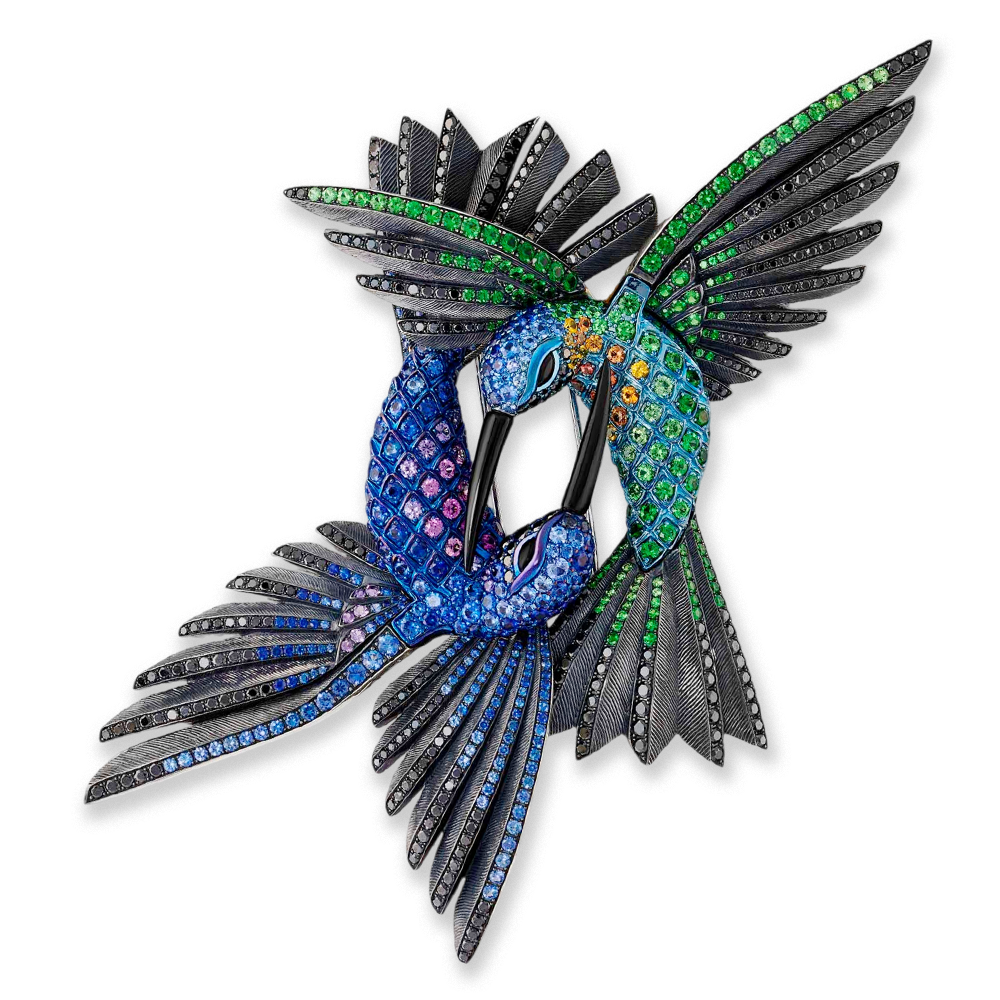 | 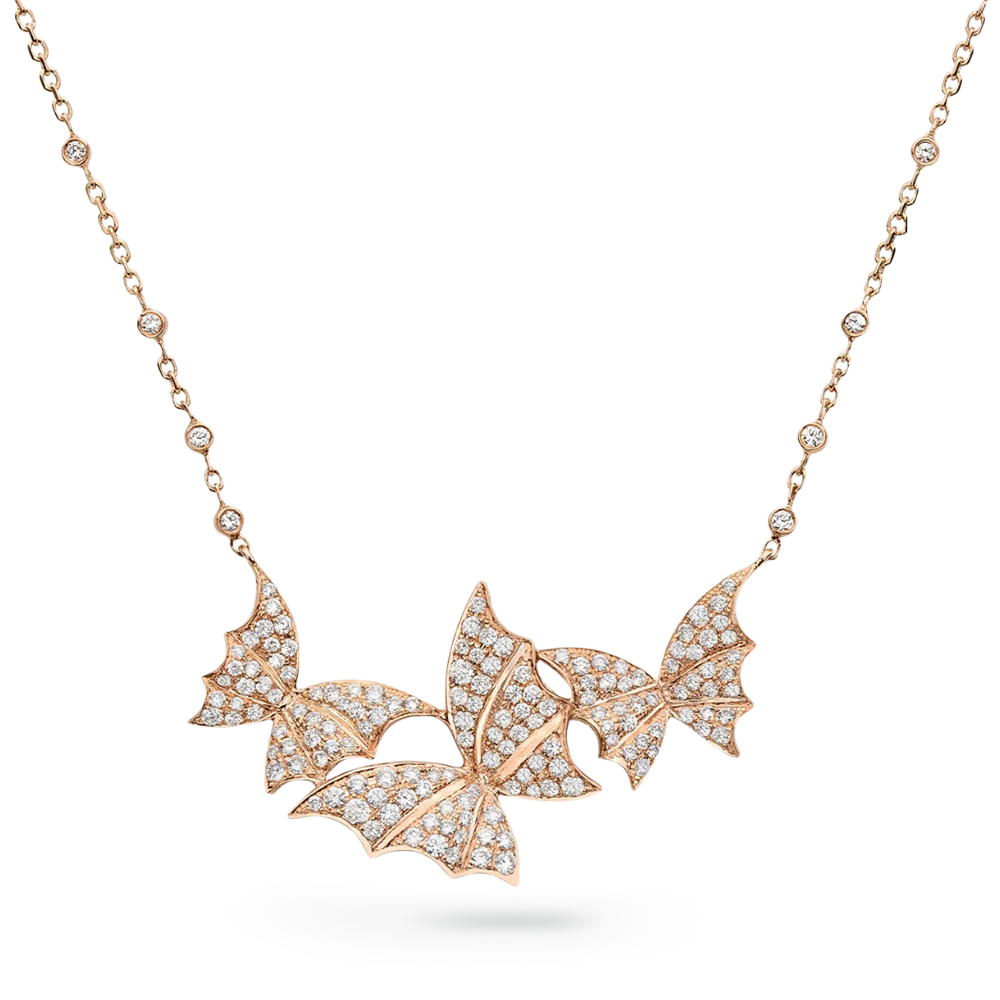 |
Flight Encounter Brooch Stephen Webster |
 |
Kissing Diamond, Chalcedony & Tourmaline Boghossian | Nocturnal Murmur Necklace Stephen Webster |
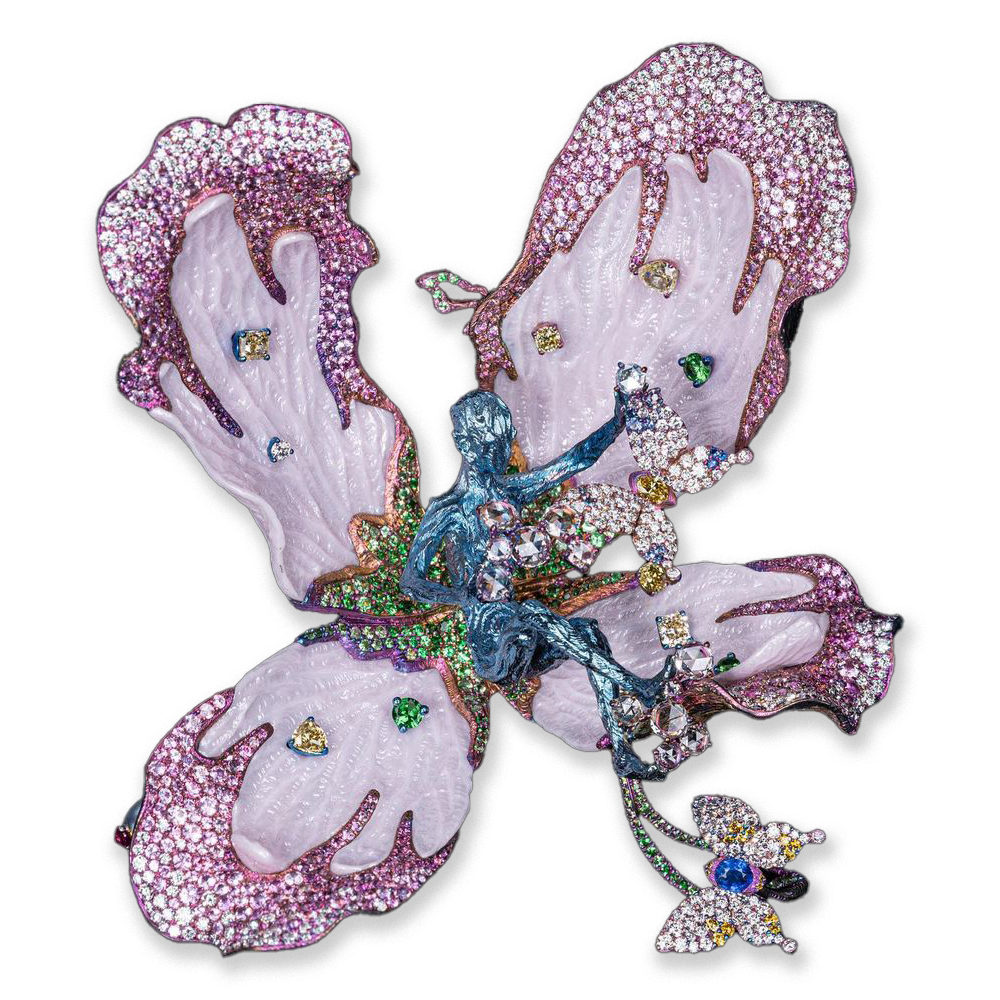 | 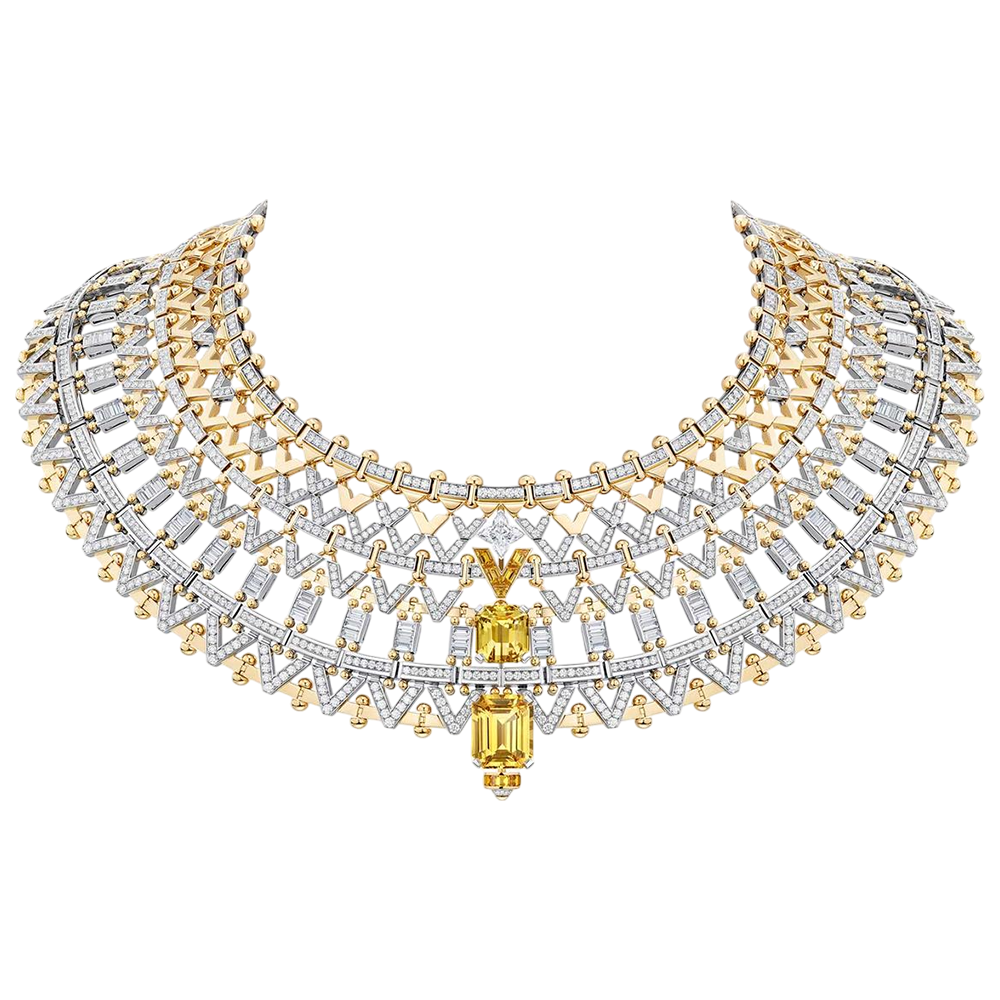 | 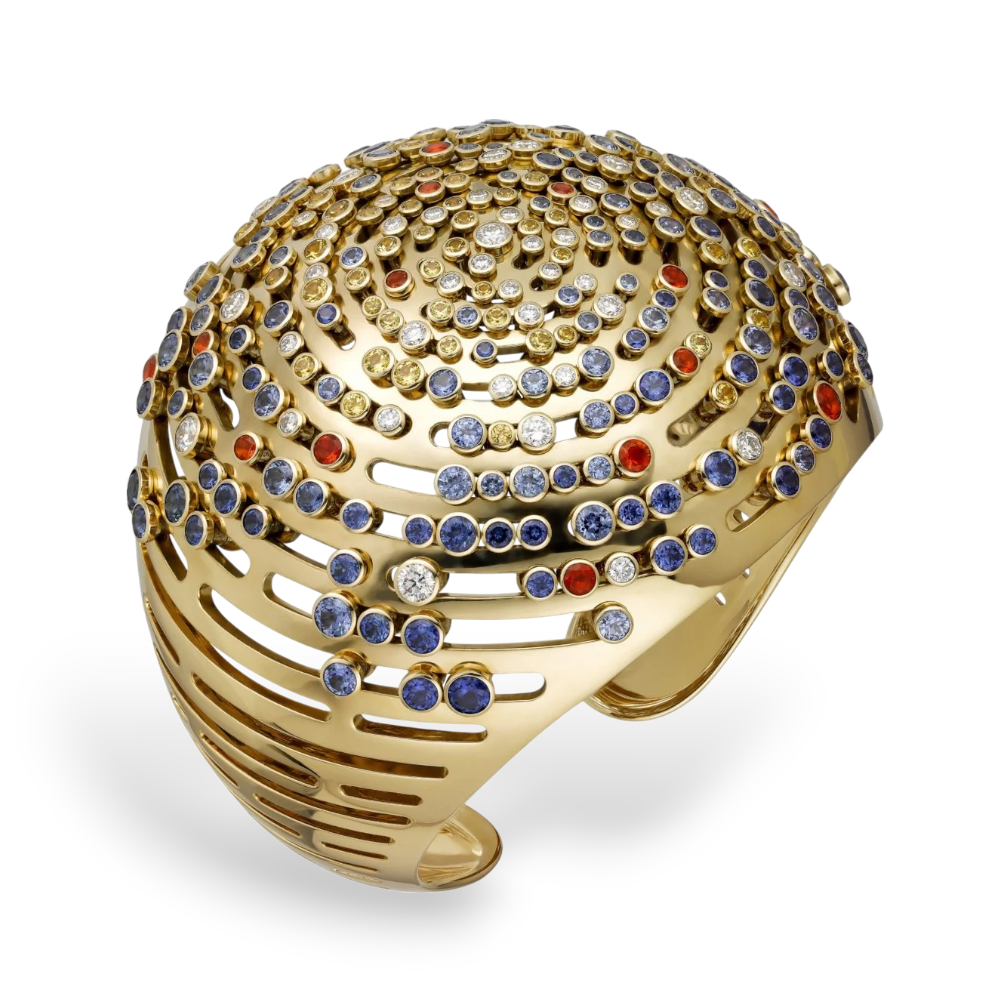 |
The Keeper Of Time Wallace Chan | Awakened Hands, Awakened Minds Louis Vuitton | Lights Of The Earth Cuff Cartier |
|
Education & Information
While CAD/CAM is highly advantageous for many jewellers, this industry is, of course, notoriously resistant to change.
Jeweller’s 2024 State of the Industry Report detailed the trade’s reluctance to embrace digital marketing specifically.
It was discovered that of the 2,010 independent jewellery stores in Australia, around 30 per cent didn’t have a website.
This research suggested that around 14 per cent of the market relies on Facebook alone when it comes to ‘digital presence’ – and a further 3 per cent uses Instagram.
The study revealed that more than 250 retail jewellers (13 per cent of the market) have no digital presence whatsoever.
With that said, the consensus among suppliers is that understanding and appreciation of CAD/CAM services is steadily rising in the trade.
Based in Sydney, Chemgold takes great pride in its casting, refining, finish, and CAD/CAM services.
Director Darren Sher says that in the past five years, he’s witnessed a notable increase in understanding and awareness among jewellers.
"More jewellers than ever are familiar with these technologies and what they have to offer," he tells Jeweller.
"The growing familiarity is largely due to the continued integration of CAD/CAM into the jewellery industry, as it has simply become one of the key ways jewellery is made around the world. The precision, efficiency, and ability to create intricate designs that these tools provide have driven widespread adoption."
He continues: "As the technology has advanced, more educational resources and training programs have become available, helping jewellers learn how to get the most out of CAD/CAM systems."
Sher says naturally, it's not all smooth sailing. The industry will continue to navigate specific challenges in the years to come.
These include designers not fully grasping CAD requirements and tolerances, struggling to decide between resin and wax printers, and the need to produce jewellery in components for optimal quality - which isn’t always recognised.
With that said, based on advances in recent years, he’s confident the category will continue to grow.
"Some challenges remain, particularly when working with designers who may not fully understand the design requirements and tolerances needed in the CAD files to produce the best results," he explains.
"There is also the consideration of when to use resin technology versus traditional wax printers, which requires a nuanced understanding of both the design and production process."
"Additionally, it's important to understand that producing jewellery in components can often ensure the highest quality result, though not all are aware of this approach."
Approval & Agreement
Rapid Casting is also based in New South Wales. The company takes great pride in its in-house-designed Online CAD Design Portal.
The program was launched in 2006 and has been consistently refined and fine-tuned. The process is simple: jewellers upload a PDF, sketch, photo, or logo for a streamlined and efficient CAD design service.
The portal offers immediate communication regarding the design stored in an easily accessible online account so retailers can receive up-to-date progress on each project.
This means that jewellers can plan ahead of time. Both 2D and 3D design models are available for inspection before final approval.
Speaking at the International Jewellery Fair in Sydney, production manager Ben Farago says he has also witnessed an increased level of knowledge about these services in the industry.
“Speaking with jewellers at an event like the Sydney Fair, very few aren’t already familiar with CAD/CAM. The industry knows about it,” he says.
“They might not completely understand the process, so there’s always the opportunity to talk them through the process from start to finish. Fortunately for everyone, it’s pretty straightforward.”
Regarding 3D printing specifically, he says that the recent popularity of these services has led to an uptick in jeweller knowledge.
The sudden spike in ‘mainstream’ interest in 3D printing can be traced to many different origins, such as reduced costs and improved capabilities.
That said, it’s difficult to look past the sudden rise of the ‘do-it-yourself’ culture associated with 3D printing, as an expansive array of niche groups popularised the creation of customised items on social media.
The implications were significant for the jewellery industry – opening the door for retailers to explore new methods for creating products.
At the same time, independent artisans were offered the chance to enter the industry with new, unconventional methods.
“Once upon a time, people would flatly ask us for a ‘3D printer’. We’d ask them what type and what for, and they’d be somewhat stumped,” Farago jokes.
“People are starting to understand the differences between a $200, a $2,000, and a $200,000 3D printer more and more. The more common question we hear now is ‘should I get one’ rather than ‘can I have one’ - which is a small indication of just how far we’ve come.”
Heritage & Pride
In a previous report, Sher suggested that an increasing enthusiasm for locally made and manufactured products, a dominant trend among Australian consumers, was critical to the rise of CAD/CAM.
Retailers commonly reported this during the pandemic. He says that these trends have shown no signs of slowing down.
"Regarding the emphasis on returning manufacturing to Australia, this trend has continued over the past few years," Sher explains.
"The focus on local production has been driven by a combination of factors, including supply chain disruptions and a growing appreciation for the quality and craftsmanship associated with Australian manufacturing."
Indeed, this growing push for local manufacturing in Australia, driven by supply chain issues and the preference for high-quality, locally sourced jewellery, does reflect a shift among consumers.
An appreciation for craftsmanship and reliability provided by domestic production calls for innovation, and CAD/CAM services offer precisely that. Digital design and manufacturing streamline the process by reducing expenses and saving time while providing efficiency and accuracy.
Perhaps most important is the expanded opportunity for review and approval – ensuring that retailers and consumers always see eye-to-eye and that expectations are clear.
Just as machinery improves efficiency and accuracy, a thorough approval process removes uncertainty and ambiguity, leaving everyone satisfied when all is said and done.
READ EMAG